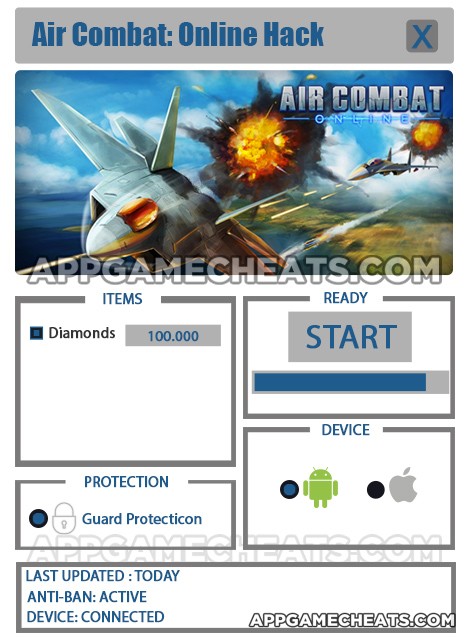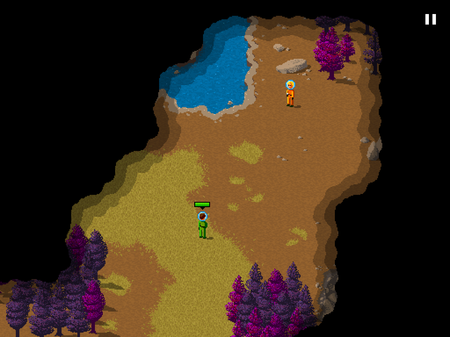

It's been about 5 years since we have seen a new video game console. By spring of next year all three major companies will have released their new systems. At this point, both Sony and Microsoft have released the full specs of their systems, while information on the nintendo revolution continues to be secretive. This article will take a look at all three systems and give a basic comparison of what we know. However, until the systems are actually released, we can only speculate on design and performance.
Design and Appearance.
All three companies have taken pretty much the same approach with their systems. All are small compact units with sleek exteriors. Microsoft has also added interchangeable faceplates which owners can change to match their needs. The Sony Playstation is expected to come in a rainbow of colors allowing gamers to choose a unit that fits their d?cor. And the Revolution is expected to be the smallest, being the size of 3 DVD covers.
Under the hood
Looks are nice, but what really counts is how the system will perform. Of course until the systems are actually released we can still only speculate on overall performance. Especially since the boys at Nintendo are keeping most details to themselves for the time being. First of all lets have a look at each console individually.
Sony Playstation 3
Sony confirmed the PlayStation 3 will use Blu-ray discs as its media format. The discs can hold up to six times as much data as current-generation DVDs. This will essentially open the doors for game developers to produce higher quality games without having to worry about disk size limitations. Sony also unveiled the PS3's graphics chip, the RSX "Reality Synthesizer," which is based on Nvidia technology. The GPU will be capable of 128bit pixel precision and 1080p resolution, (some of the highest HD resolution available anywhere). The RSX also has 512MB of graphics render memory and is capable of 100 billion shader operations and 51 billion dot products per second. The new Playstation 3 graphics chip also has more than 300 million transistors, larger than any processor commercially available today.
Microsoft Xbox
The look of the new console is fine and dandy, but what is under all that cool looking plastic? Microsoft has developed an impressive system capable of amazing processing power never seen before in a home video game console. As well as new IBM PowerPC-based CPU running at 3.2GHz, and over a half a gigabyte of RAM, the Xbox 360 will showcase a new ATI video card capable of advanced antialiasing and shader effects. What this means to gamers is 720p and 1080i wide-screen HDTV, almost double the resolution of the original Xbox which maxed out at 480p The system will also support up to four wireless controls.




 How to explore the cosmos - Space Age walkthrough and puzzle guide (Chapters 1 - 10)
How to explore the cosmos - Space Age walkthrough and puzzle guide (Chapters 1 - 10) Reckless Racing 3 - Tips, Tricks, and Strategies for Daring Drifters
Reckless Racing 3 - Tips, Tricks, and Strategies for Daring Drifters How to build big in Megapolis - hints, tips, and tricks
How to build big in Megapolis - hints, tips, and tricks Big Soccer Quiz All Level Answers
Big Soccer Quiz All Level Answers Escape Game: “A Night of Enchantment” Walkthrough
Escape Game: “A Night of Enchantment” Walkthrough